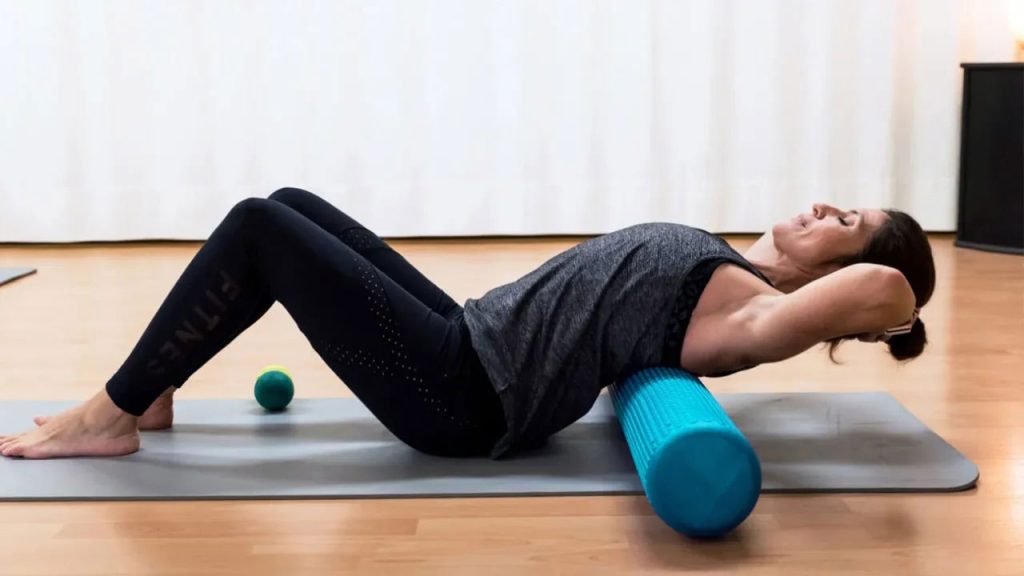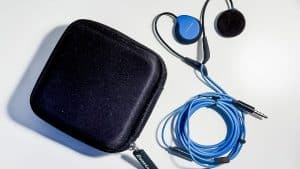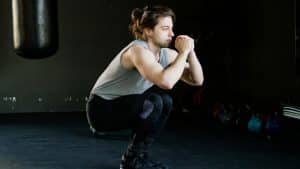Whether you like to run, pump iron in the gym, or swim the length of the pool, and whether you’re a boxer or a dancer, you’ve probably been told warming up is important. You’ve probably also been guilty of rushing or even skipping your warmup every now and then. It can be tempting to just plunge into the session, but if you really want to get the most out of your exercise, you need a proper warmup period.
There are times when warming up is particularly important, such as when returning to working out after a period of injury or when you’re trying something you haven’t done before. There’s pretty much no workout where warming up is unnecessary. Let’s try to understand why.
Broadly speaking, warming up is essential for two reasons. It makes your exercise more effective, and it reduces the risk of injury. Breaking it down further, warming up means more blood is reaching your muscles, filling them with oxygen and nutrients. Your breathing and heart rate will both become more rapid, helping prepare you to work hard. Every part of your body, from your muscles to your nervous system, starts to engage to be ready for action. You also need to warm up if you want to use your full range of motion when training.
Most people will start a warmup with the slowest, gentlest exercises, building toward the more strenuous and energetic moves. For example, a walk can build up to a jog. Lunges and jumping jacks are popular warmup movements in a range of different exercises, but you should also focus on the muscles you’re planning to use most. Experts suggest that a good warmup should last at least five minutes, preferably ten but not usually more than 15 minutes.
You can use equipment during your warmup, such as tennis balls or foam rollers, to help loosen the muscles so you can move through your full range of motion. This is part of what’s known as self-myofascial release (SMR) for soft tissue. Keeping moving, such as with dynamic rather than static stretches, is important. Keep the movements flowing; don’t start and stop. Try to get into the right headspace at the same time, warming up the brain as well as the body.
Comprehensive, progressive warmup routines remain vital to all successful exercise, but you have to get them right.




